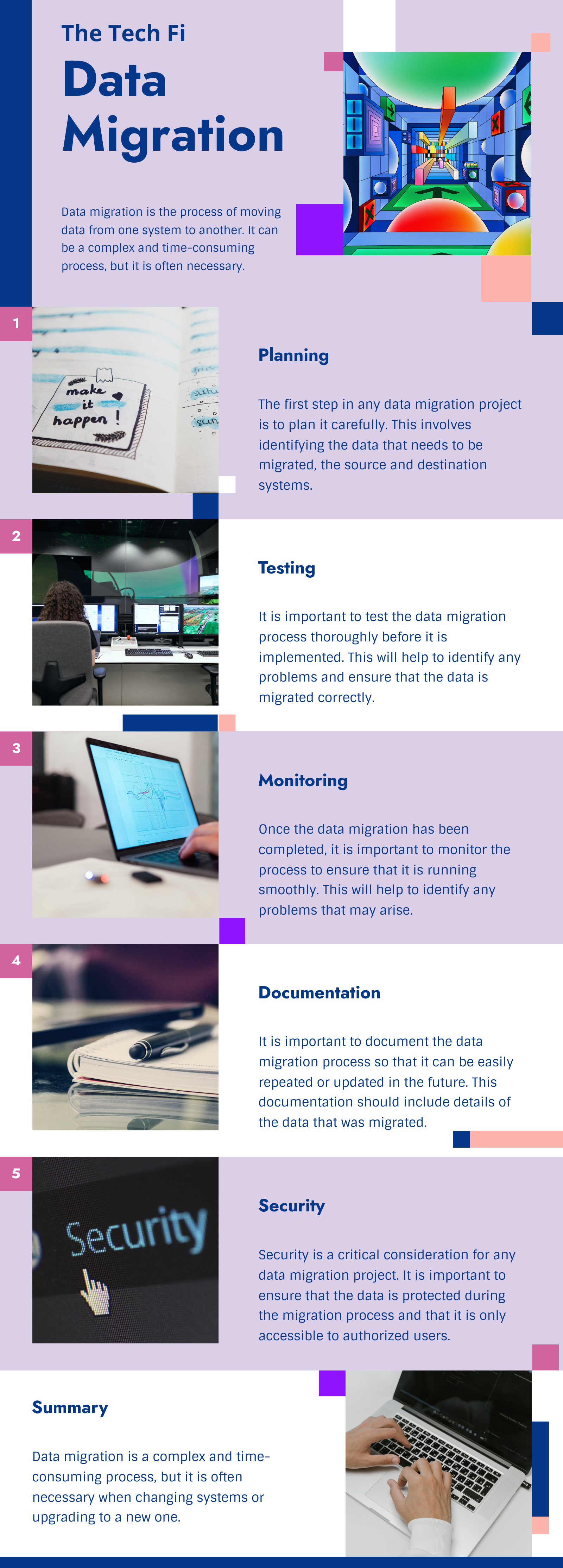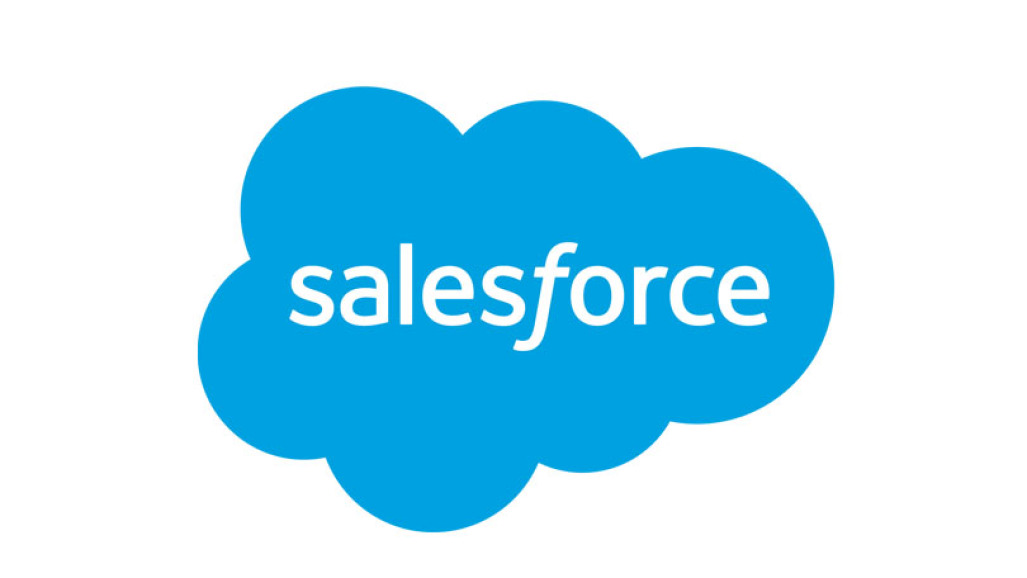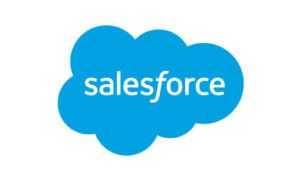Introduction
Salesforce, a leading Customer Relationship Management (CRM) platform, serves as the backbone for many businesses worldwide. Efficient data management within a Salesforce org is vital for informed decision-making, personalised customer interactions, and streamlined business processes. Bulk data migration, the process of transferring large volumes of data between systems, becomes a critical task when organisation’s expand, merge, or undergo system upgrades.
Planning for Data Migration in Salesforce
Planning is the cornerstone of a successful bulk data migration project. Before diving into the technical aspects, it’s essential to assess the readiness of the data, create a comprehensive migration plan, and identify potential risks and mitigations.

1. Data Quality and Preparation:
Example: Data Migration in Salesforce is quite easy, but before transferring customer data we need to review and clean up contact information. Remove unnecessary email addresses, update phone numbers, and consolidate entries like “Inc.” and “incorporated” into the new organisation to ensure consistent and accurate data.
2. Data mapping and transformation:
Example: Your source organisation uses a custom “Product Category” field with different values, while the target organisation has a standard pick list for categories. Create a mapping that converts source values such as “Electronics” to “Electrical Equipment” during migration.
3. Testing in sandbox environment:
Example: Before performing data migration in salesforce we need to migrating all opportunities, select a representative subset and migrate it to a sandbox. Verify that formulas, roll-up summaries, and automation triggers work as expected, ensuring a smooth transition to a production environment.
4. Backup and Rollback Strategy:
Example: Take a snapshot of both the source and target organisation’s before starting the migration. If unexpected problems do occur, such as data corruption, you can use backups to restore organisation’s to their original state.
5. User Communication and Training:
Example: Notify customer support teams about upcoming migrations. Explain that they may need to temporarily use a new interface and provide training sessions to guide them through the changes, ensuring a smooth transition.
Managing existing automation during bulk data migration:
Example 1: Temporarily Disabling Flows and Triggers
Let’s say you are transferring a large amount of account records from a source organisation to a target organisation. The source organisation has a flow that runs when an account’s Industry field is updated, performing additional actions such as sending email notifications. To avoid excessive flow execution during migration, you can temporarily deactivate this flow in the source organisation.
Example 2: Testing and Adjusting Apex Triggers
Imagine you are transferring contact records, and the source organisation has an Apex trigger that calculates a score for each contact based on some criteria. Before migrating, it is important to test this trigger in a sandbox environment with sample data to ensure that it works as expected during migration.
Example 3: User Communication and Documentation
Let’s say your migration involves moving opportunity records from a source organisation to a target organisation. The source organisation has several workflow rules that update opportunity steps based on certain conditions. To ensure transparency and manage user expectations, notify users of changes and document adjustments made during migration.
Tools and Techniques for Bulk Data Migration
Choosing the right tools and techniques is critical for the success of a bulk data migration in salesforce project. Salesforce provides several options to facilitate this process.
Salesforce Data Loader
Salesforce Data Loader is a powerful tool that allows users to insert, update, delete, or export data in Salesforce. It’s particularly useful for bulk imports or exports of data. Understanding how to use Data Loader efficiently can streamline the migration process and reduce the risk of errors.
Use of API Integration
Application Programming Interface (API) integration provides a more automated approach to data migration. By connecting systems directly through APIs, businesses can ensure a smoother and faster transfer of data. This method is especially beneficial for large-scale migrations where manual intervention might be impractical.
Third-Party Migration Tools
In addition to native Salesforce tools, various third-party migration tools offer advanced features and capabilities. These tools often provide a user-friendly interface, support for different data formats, and enhanced error handling. However, careful evaluation and testing are essential when choosing third-party tools to ensure they align with specific business requirements.
Conclusion
In conclusion, navigating the waters of bulk data migration in a Salesforce org requires careful planning, strategic execution, and a commitment to data accuracy and security. By understanding the challenges, adopting best practices, and staying informed about the latest trends, businesses can ensure a successful data migration experience that propels them towards growth and efficiency.
Frequently Asked Questions (FAQs)
1. What is the significance of bulk data migration in Salesforce org?
– Bulk data migration is essential for ensuring continuity in operations, facilitating a comprehensive view of customer interactions, and supporting business growth.
2. How can businesses minimize downtime during the migration process?
– Minimizing downtime involves meticulous planning, conducting a pilot migration, and utilizing tools and techniques that streamline the process.
3. Are there any risks associated with using third-party migration tools?
– While third-party tools can be efficient, there are risks such as data security concerns and compatibility issues. It’s crucial to choose reputable tools and conduct thorough assessments.
4. What measures can be taken to ensure data security and compliance?
– Implementing encryption measures, adhering to regulatory requirements, and managing user access are key measures to ensure data security and compliance.
5. How often should post-migration activities be conducted?
– Post-migration activities, including data validation and reconciliation, should be conducted regularly to ensure ongoing data accuracy and system optimization.
Check out Salesforce SOQL with security enforced best practices by clicking here







